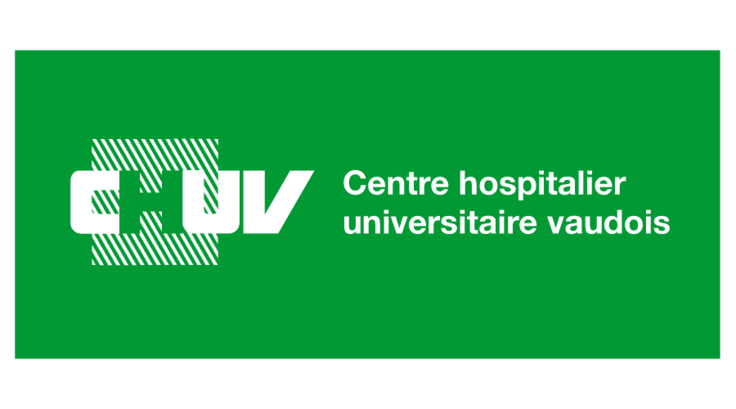Swiss Ai Research Overview Platform


La qualité d'une image peut s'évaluer à l'aide d'outil mathématiques, appelés modèles d'observateur. Ces modèles sont capables de reproduire la performance d'un radiologue et ainsi d'optimiser la relation liant la qualité d'image et la dose de radiation pour une tâche diagnostique simple comme la détection d'une lésion dont on connait la position dans un fond uniforme. Ainsi il est possible d'optimiser la relation liant la qualité d'image et la dose de radiation sans avoir à faire des essais sur patients. Maintenant que les images cliniques commencent à être diagnostiquées par des algorithmes d'intelligence artificielle (IA), il importe de déterminer si une image jugée acceptable pour un être humain l'est également pour un algorithme d'IA, et inversement.
L'objectif principal de cette étude est de développer un modèle d'observateur dont les performances seront corrélées avec celles de radiologues pour la recherche d'une lésion bas contraste sur les images d’un objet-test simulant un abdomen humain. Ensuite nous tenterons de quantifier le lien possible entre la performance des algorithmes d'IA et celle des radiologues. Le second objectif de cette étude est d’établir des lignes directrices qui décrivent comment déterminer l'incertitude dans l'évaluation de la qualité d'image basée sur une tâche clinique
Ce projet fournira un observateur mathématique capable d'estimer la performance de recherche d'une lésion par un radiologue, ainsi que des lignes directrices pour l'expression de l'incertitude dans l'évaluation de la qualité d'image. Cela devrait donc avoir un impact très pratique sur le processus d'optimisation qui consiste à délivrer au patient la dose nécessaire à la réalisation du diagnostic.
Background and rationale. Reducing the dose delivered to the patient in diagnostic radiology, and in computed tomography (CT) in particular, is now widely practiced. However, doing this for its own sake is counterproductive, because it can lead to an unacceptable diagnosis accuracy. When the image is read by a radiologist, task-based image quality assessment is a powerful tool to optimize the dose/quality relationship, but it is still essentially associated with a simple detection of a lesion positioned over a uniform background. When the image is processed by an artificial intelligence (AI) algorithm, it is unknown whether an image quality deemed acceptable for a human will be adequate.Overall objectives. We want to develop a mathematical model observer (MO) that reproduces the behavior of a radiologist performing a search task, and to identify the possible link with the performance of AI algorithms.Specific aims. Our main goal is to understand and model the search task performed by a radiologist looking for a low-contrast lesion in a 3D CT image stack. Second, we want to establish guidelines that describe how to determine the uncertainty in the general task-based image quality assessment. Third, we want to investigate the correlation between the performance of radiologists and AI algorithms. And fourth, we will study how AI methods can be generalized to unseen image protocols.Methods. Using images from a fresh cadaver, we want to build two realistic phantoms that mimic a human abdomen with the radiopaque 3D printing (R3P) technique (one with virtual inserted lesion and one without lesions). These images will be used to perform a set of experiments with human observers and to model their performance: two experiments of lesion detectability at a known location in foveal and peripheral visions; two search experiments with 2D images and one search experiment with 3D image stacks. These images will also be used to perform an international comparison on MO performance and uncertainty estimation within the image perception community. The respective performances of two AI models will be compared with the human performance: handcrafted radiomics and pre-trained deep convolutional neural networks (CNN).Expected results. Our project will estimate radiologist detection performance in foveal and in peripheral visions. Together with the results of the human observer search experiments, we hope to build a MO for a realistic search task. An international comparison and a subsequent workshop will lead to guidelines on the uncertainty estimation in task-based image quality assessment. Finally, we hope to document the possible link between task-based image quality and commonly used AI methods.Impact. This project will provide the medical physics community with a model observer that can estimate the search performance of a radiologist. Together with guidelines on the expression of the uncertainty in task-based image quality assessment, this will have a very practical impact on the optimization process of CT images.
Last updated:16.05.2022